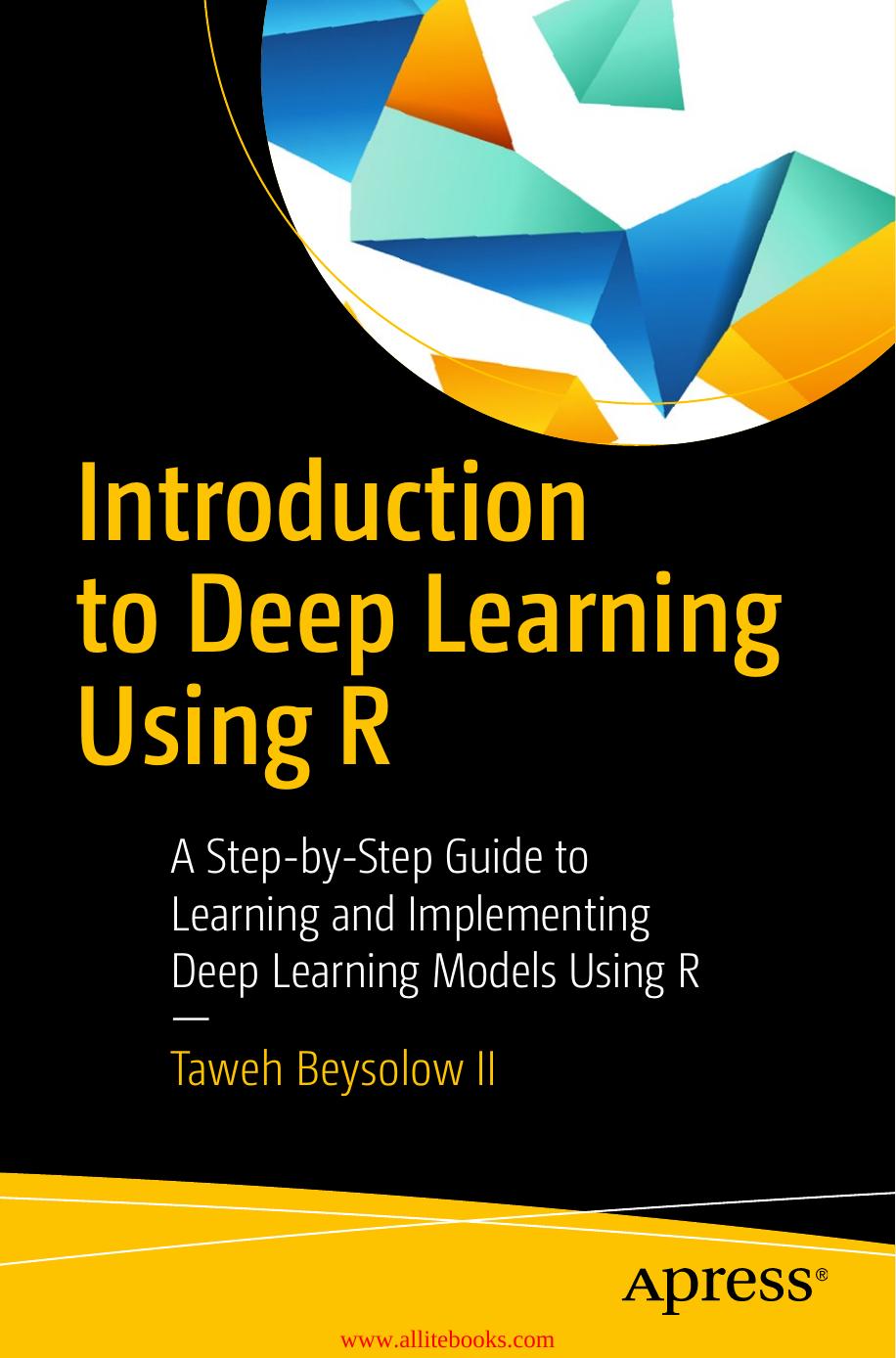Introduction to Deep Learning Using R by Taweh Beysolow II

Author:Taweh Beysolow II
Language: eng
Format: epub, pdf
Publisher: Apress, Berkeley, CA
Long Short-Term Memory (LSTM)
LSTM is an increasingly popular model whose strength is handling gaps of unknown size between signals in the noise of the data. Developed in the late 1990s by Sepp Hochreiter and Jurgen Schmidhuber, LSTMs are universal such that when enough network units are present, anything a computer can compute can be replicated with LSTMs, assuming we have a properly calibrated weight matrix. Figure 6-3 illustrates.
Figure 6-3.Visualization of long short-term memory network
The range of applications of LSTMs explains their popularity in part, as they are often used in the fields of robot control, time series prediction, speech recognition, and other tasks. In contrast to the units that we often see in other RNN architectures, LSTM networks contain blocks. Other key distinguishing factor of LSTMs is being able to “remember” a given value for extended periods of time and the gates within the model determining several attributes of the input sequence. Among the considerations of the gates are input significance, when should memory be kept or “garbage collection” occur and data be removed, and output value time. A typical implementation of an LSTM block is shown in Figure 6-3. The sigmoid units in a standard LSTM contain the equation
Download
Introduction to Deep Learning Using R by Taweh Beysolow II.pdf
This site does not store any files on its server. We only index and link to content provided by other sites. Please contact the content providers to delete copyright contents if any and email us, we'll remove relevant links or contents immediately.
Hello! Python by Anthony Briggs(10198)
The Mikado Method by Ola Ellnestam Daniel Brolund(10106)
OCA Java SE 8 Programmer I Certification Guide by Mala Gupta(10043)
Algorithms of the Intelligent Web by Haralambos Marmanis;Dmitry Babenko(8588)
Sass and Compass in Action by Wynn Netherland Nathan Weizenbaum Chris Eppstein Brandon Mathis(7969)
Grails in Action by Glen Smith Peter Ledbrook(7942)
Test-Driven iOS Development with Swift 4 by Dominik Hauser(7900)
The Well-Grounded Java Developer by Benjamin J. Evans Martijn Verburg(7841)
Windows APT Warfare by Sheng-Hao Ma(7661)
Layered Design for Ruby on Rails Applications by Vladimir Dementyev(7391)
Blueprints Visual Scripting for Unreal Engine 5 - Third Edition by Marcos Romero & Brenden Sewell(7293)
Secrets of the JavaScript Ninja by John Resig Bear Bibeault(6739)
Kotlin in Action by Dmitry Jemerov(5368)
Solidity Programming Essentials by Ritesh Modi(4469)
Hands-On Full-Stack Web Development with GraphQL and React by Sebastian Grebe(4400)
WordPress Plugin Development Cookbook by Yannick Lefebvre(4278)
Unity 3D Game Development by Anthony Davis & Travis Baptiste & Russell Craig & Ryan Stunkel(4186)
Functional Programming in JavaScript by Mantyla Dan(4168)
The Ultimate iOS Interview Playbook by Avi Tsadok(4161)
